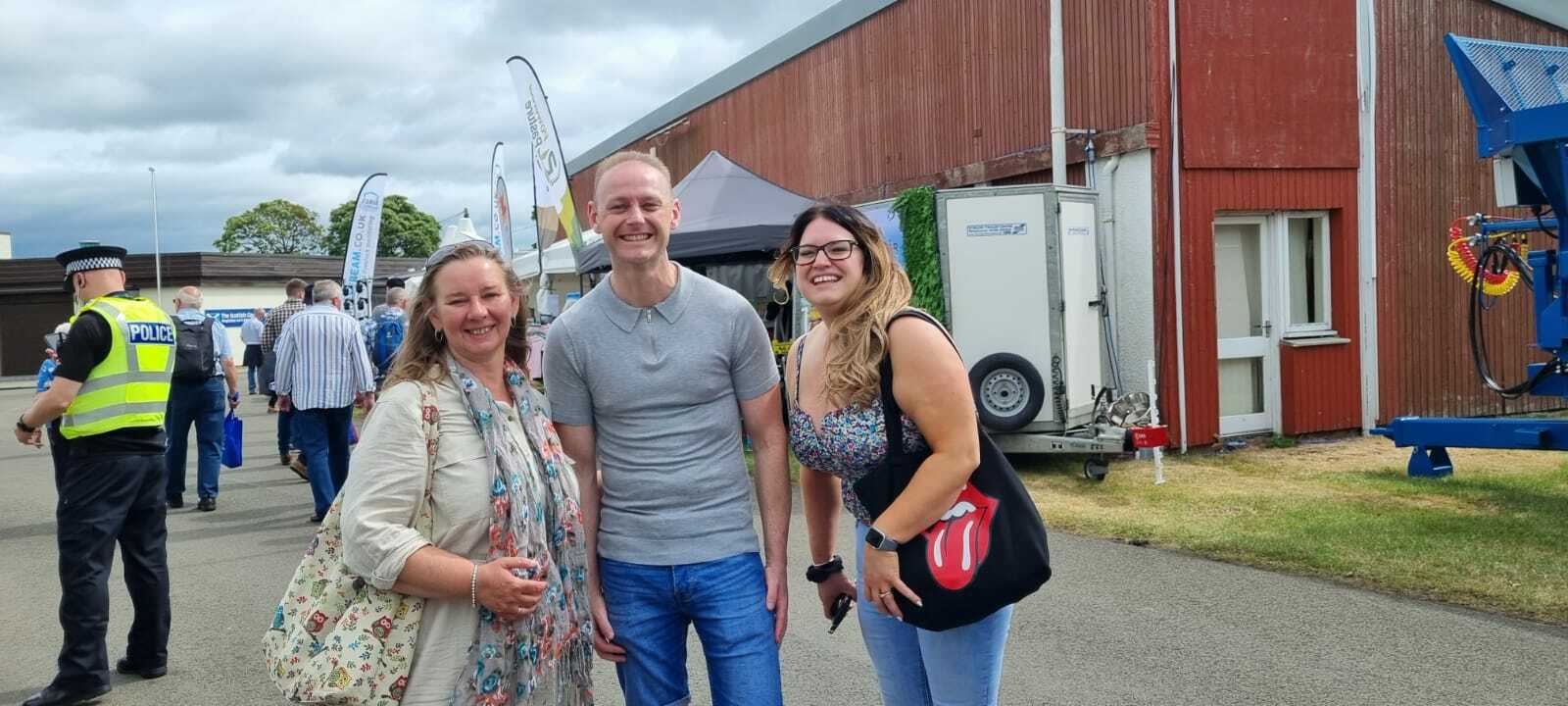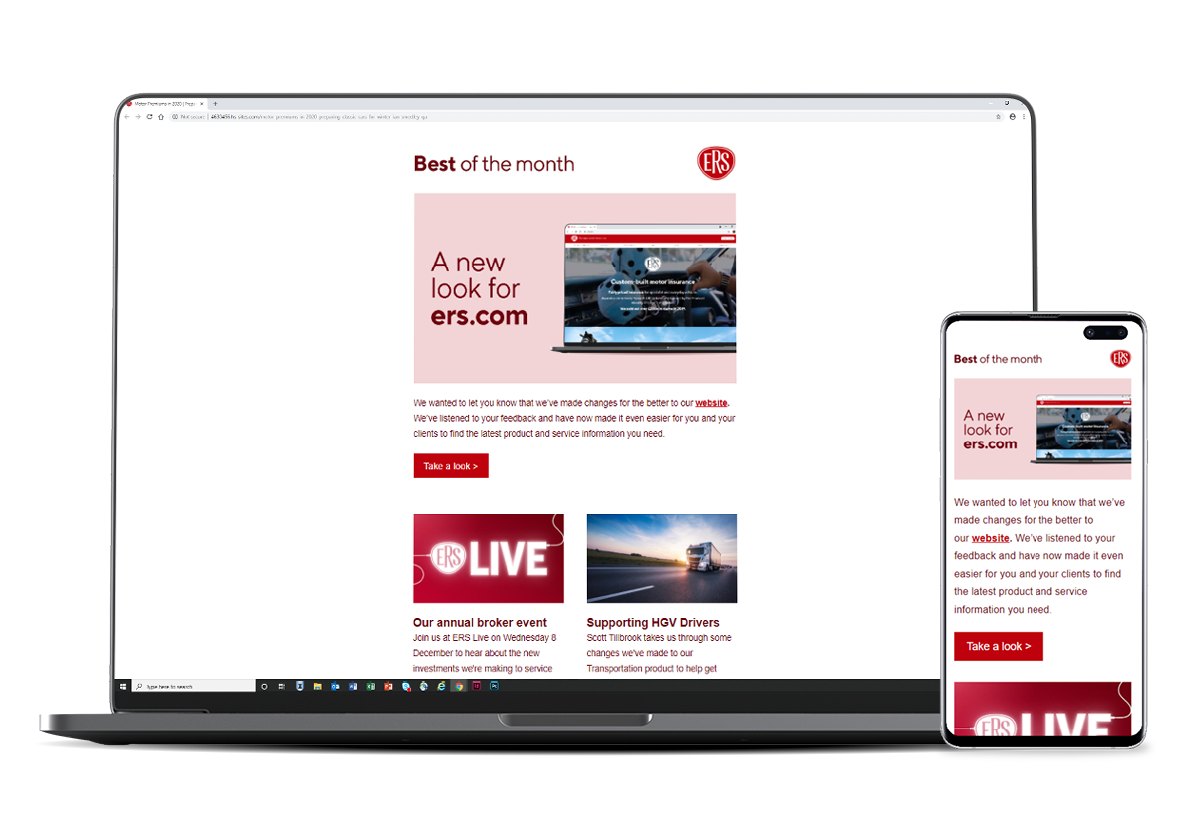In reporting its third consecutive year of profit ERS has also achieved a 3% year on year growth in gross written premium. Investment returns were a pleasing 3.3%. These results reflect the benefits of ERS's continued focus on specialism and profitable underwriting as well as its commitment to driving continued operational efficiency.
The trading profit of £1.7m and the combined ratio of 102.3% include reserve provisions made in anticipation of a change to the discount rate - due to be announced by the Lord Chancellor later this month. ERS has included a best estimate impact of a change from the current 2.5% to 1%, in line with the market.
Ian Parker CEO ERS said:
"2016 was a tough year for all insurers and ERS is no exception. Whilst the company made progress in all lines across the P&L, the subsequent adjustments required to accommodate the Ogden rate change masks this in these results. I am very pleased to say though that the impact was not so severe that it has put us into reporting a loss. While we still have some way to go to achieve our mid-term goal of a combined ratio of 90% I remain confident we have the people, ambition, strategy and plans for us to achieve that."
Overview of 2016
2016 can be defined by a significant amount of disruption and volatility in the UK motor market. The most significant driver of poor market results was substantially higher than expected repair costs inflation.
This outcome was a consequence of:
- the exchange rate impact of the BREXIT vote on imported parts
- increasing cost and complexity in the materials and repair processes used in modern cars.
This inflation impact extends to repairs of both customer vehicles and third party vehicles.
ERS has also seen continued pressure on injury claims with volumes returning to pre-Legal Aid, Sentencing and Punishment of Offenders Act 2012 levels, as claims management companies and legal services providers have continued to find ways to navigate around the legislation.
In terms of the competitive landscape, 2016 saw the failure or exit of a number of offshore and unrated insurers, the most notable being the demise of Enterprise and Gable. These failures created some opportunity for growth and ERS selectively targeted profitable sections of these books. There is an expectation that there will be further failures during 2017 as the requirements of Solvency II and the discount rate change take effect.
ERS continues to be focused in seven areas of the motor business: Private Car, Bespoke and Classic Car, specialist Agricultural, Motorcycle, Motor Fleet, Commercial Motor and Motor Breakdown.
Investment returns
ERS's investments produced a return of £10.1m after expenses in 2016, a rate of return of 3.3%. This was an increase on £1.7m, equivalent to 0.4%, during 2015.
Investment policy remains to invest predominantly in high-quality short-dated bonds and cash, with a maturity profile that reflects the predominantly short tail nature of underwriting commitments.
Future outlook
Concluding on his outlook for 2017 Ian Parker said:
"2017 is going to be another busy year with opportunities for growth continuing to come from specialist lines as ERS's reputation in these markets grows. Our focus remains on delivering year on year growth of the business while moving closer towards our target 90% combined ratio."
-Ends-
For more information please contact:
Louise Naqvi
ERS Head of PR
07825 032262
louise.naqvi@ers.com
Notes to Editors:
About ERS
ERS (Syndicate 218) has been providing insurance products for over 70 years and offers a broad range of specialist motor insurance products, exclusively through brokers, for the UK personal lines and commercial segments.
ERS benefits from the Lloyd's brand. Lloyd's has an A (Excellent) rating from A.M. Best, A+ (Strong) rating from Standard & Poor's and AA- (Very strong) rating from Fitch Ratings.
During 2016 ERS fully embraced all three pillars of Solvency II.





